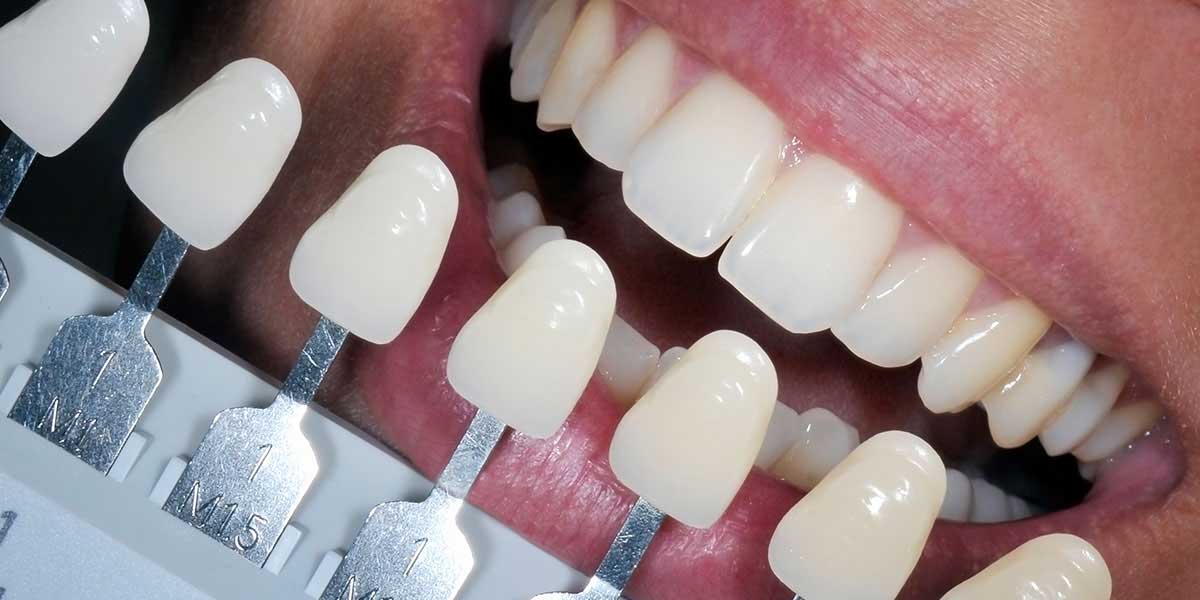Dental Fillings and Bonding in Stuart, FL

Stuart Prosthetic Dentistry provides dental fillings and bonding in Stuart, FL. Call our office today at 772.286.1606 to schedule an appointment.
Identifying and addressing cavities early can prevent the need for more complex and costly dental procedures.
Cavities (tooth decay) can be the result of a variety of factors. Unfortunately, they don’t heal themselves or go away over time. They usually only get worse with time unless treated by a dentist. A dental filling repairs the damage that has already been done to a tooth. In other cases, tooth-colored filling material can be bonded to a tooth allowing cosmetic dental applications (cosmetic bonding).
Why is a filling needed?
Once tooth decay starts, it must be treated. It usually only gets worse. An abcess (pus-filled sac) from a cavity can cause serious or even life-threatening infections when not properly treated. If a cavity advances beyond what a filling can repair, then there may be the need for more expensive treatments like root canals and crowns. It is much simpler and more affordable to treat early decay than to fix a badly decayed tooth.
What are tooth-colored fillings?
Today, the majority of fillings are done using dental composite resin, or tooth-colored fillings, able to be shaded to match the color of your natural teeth. Composite resin is a mixture of glass or quartz filler that provide good durability and resistance to fracture in small- to mid-size fillings that need to withstand heavy pressures from chewing. These fillings are bonded to the tooth.
What are amalgam fillings?
Traditionally, fillings were done using dental amalgam, sometimes described as silver fillings. These fillings are made from a combination of metals that include mercury, silver, tin, and copper. Amalgam is a durable material and is more affordable that tooth-colored fillings. However, tooth-colored materials are more natural looking, have improved bonding abilities, and can even seal the tooth.
What is cosmetic bonding?
Cosmetic bonding is a process where the dentist attaches or “bonds” materials directly to your tooth in order to change the color and shape. The main difference between dental fillings and bonding is that although dental fillings can be cosmetic as well, their main purpose is health-related (treating decay). Bonding of tooth-colored composite resin can be an affordable option in comparison to porcelain veneers.
How are tooth-colored fillings applied?
The dental bonding techniques and materials have improved drastically in recent years. A dependable bond between tooth and filling material can be expected when the procedure is followed carefully by your dentist.
First, the tooth surfaces are roughened after decayed parts of the tooth and are cleaned/removed. Next, the dental team (dentist and assistant) isolates the tooth with cotton rolls to keep the tooth dry during the process. The exposed surfaces (both enamel and dentin) are conditioned with an etchant gel to create microscopic pores in the tooth structure. A primer/adhesive resin liquid is then scrubbed onto the surfaces where it penetrates deep into these microscopic pores. A special UV light is used to cure the adhesive resin. Finally, the tooth-colored putty-like material (composite resin) is applied, molded, and smoothed to the final shape. Again, the special UV light is used, this time to make the tooth-colored resin harden. After the material is hardened, the dentist will further trim, shape, and polish it to match the sheen of the rest of the tooth surface.
Dental fillings and cosmetic bonding can be completed in one appointment. Your dental team will use a shade guide to match the natural color of your teeth. A filling should not cause any discomfort, it is shaped and polished to the match the contours and bite of your natural teeth.
How long do tooth-colored fillings last?
Tooth-colored fillings and cosmetic bonding often last several years before they need replacement. However, the lifespan of these restorations depends on your commitment to effective and regular dental care (at-home and professional) and other oral habits, like teeth grinding (especially repaired edges of chipped teeth). During regular visits, Dr. Tyler will check your dental restorations and recommend treatment if needed. Professional dental hygiene visits and regular dental exams will help keep your mouth healthy.
Who should get tooth-colored fillings?
Tooth-colored fillings are applied to permanent teeth in children and adults when these teeth have mild or moderate decay. Keep in mind that extensive damage to a tooth caused by long-term, unchecked decay can limit the ability to simply use a filling to restore a tooth. In those cases, a crown may be needed.
Tooth-colored fillings also allows for cosmetic bonding and desensitizing dental procedures. Cosmetic bonding has many applications, including repairing chipped teeth, closing spaces between teeth, and changing the color of teeth. Additionally, tooth sensitivity can be addressed by bonding in tooth-colored filling material to seal off exposed root surfaces (desensitizing treatment).
No dentist is more qualified to provide exceptional tooth-colored fillings or cosmetic bonding than our prosthodontist, Dr. Tyler. His extensive training carries over into doing beautiful fillings and bonding. He has the ability to blend the restoration with your natural teeth to the point where many patients are unable to recognize which tooth was restored.
For any further questions about fillings or cosmetic bonding please do not hesitate to ask.
Are you looking for a dentist in Stuart, FL? Contact us today to learn more and schedule a dental appointment. Call us at 772.286.1606.
